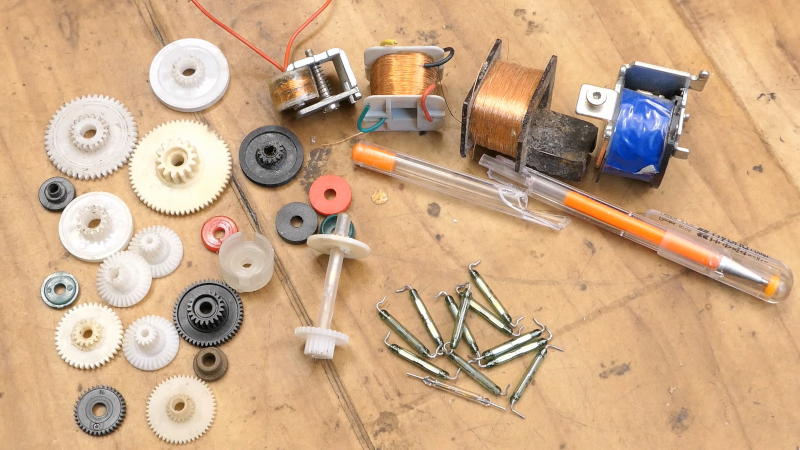
We’ve all been there. Someone will say something like, “I remember when we had to put our programs on a floppy disk…” Then someone will interrupt: “Floppy disk? We would have killed for floppy disks. We used paper tape…” After a few rounds, someone is talking about punching cards with a hand stylus or something. Next time someone is telling you about their relay computer, maybe ask them if they are buying their relays already built. They will almost surely say yes, and then you can refer them to [DiodeGoneWild], who shows how he is making his own relays.
While we don’t seriously suggest you make your own relays, there are a lot of fun techniques to pick up, from the abuse of a power drill to the calculation of the coil parameters. Even if you don’t learn anything, we get the desire to make as much as you can.
In all fairness, using reed switches seems like skipping the hard part. We were hoping to see even the contacts being homebrewed. That could have more practical application since contact material is a vastly underappreciated characteristic of relays. A lot of the bad rap they get for high failure rates is due to the contact material being incorrectly specified. If you match the contact material to the application, relays are often quite reliable.
Did you or will you make your own relays? Tell us why in the comments. Meanwhile, if you want to build a relay computer, consider using the relays as multiplexers instead of switches. If you need inspiration, here’s one neat build.
0 Commentaires